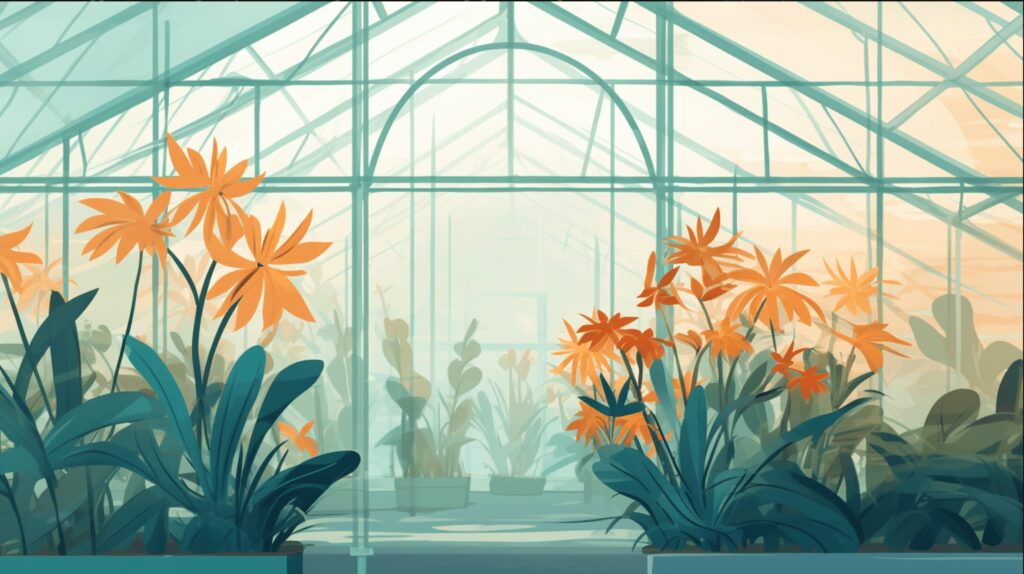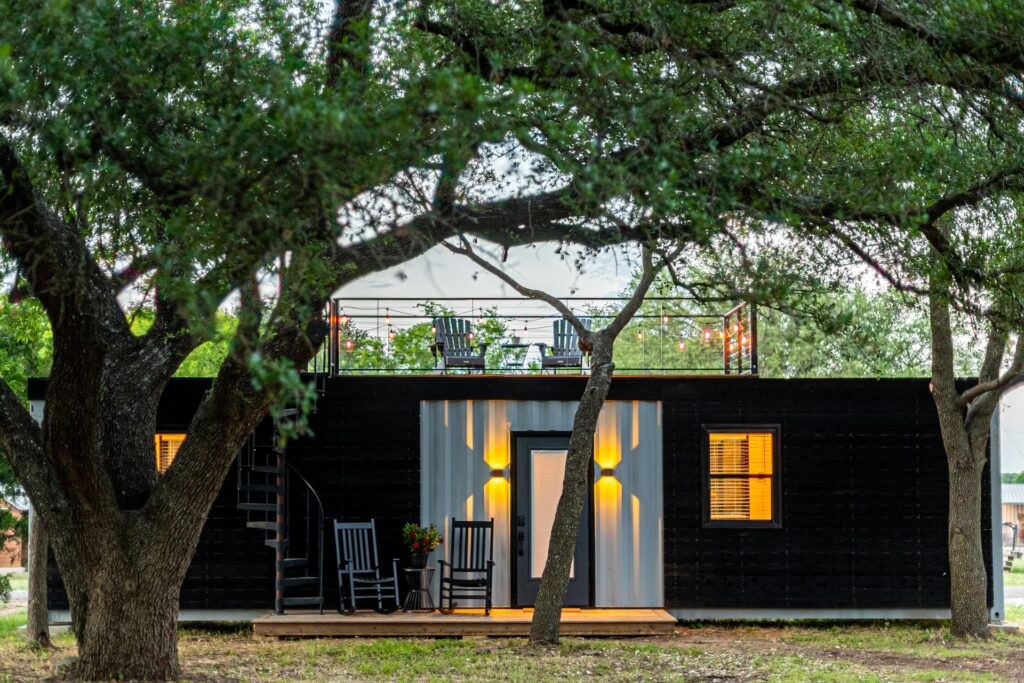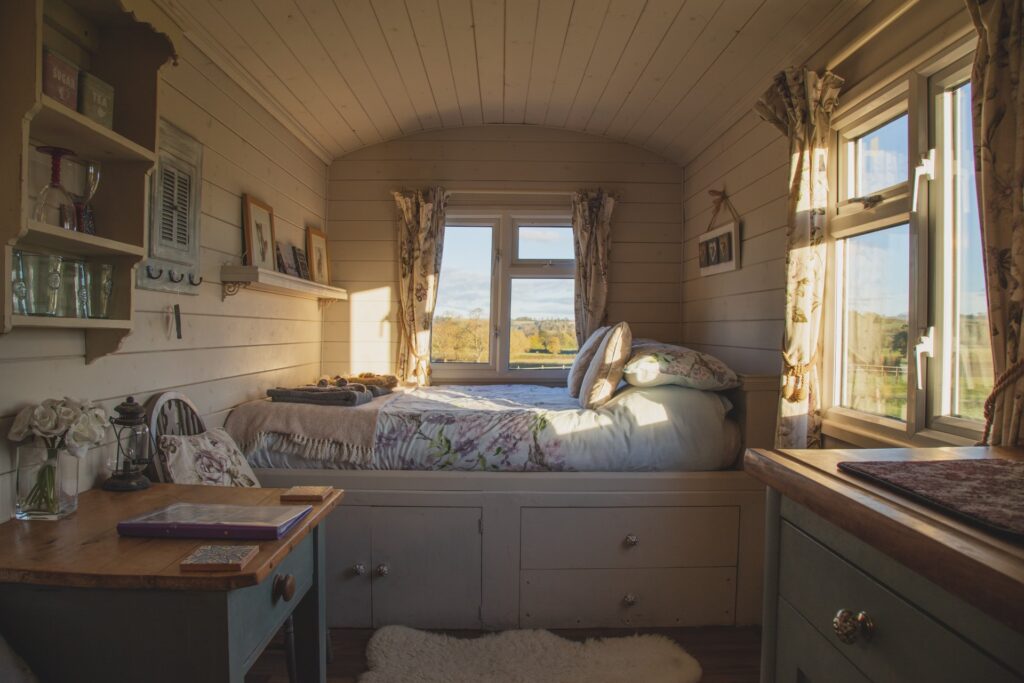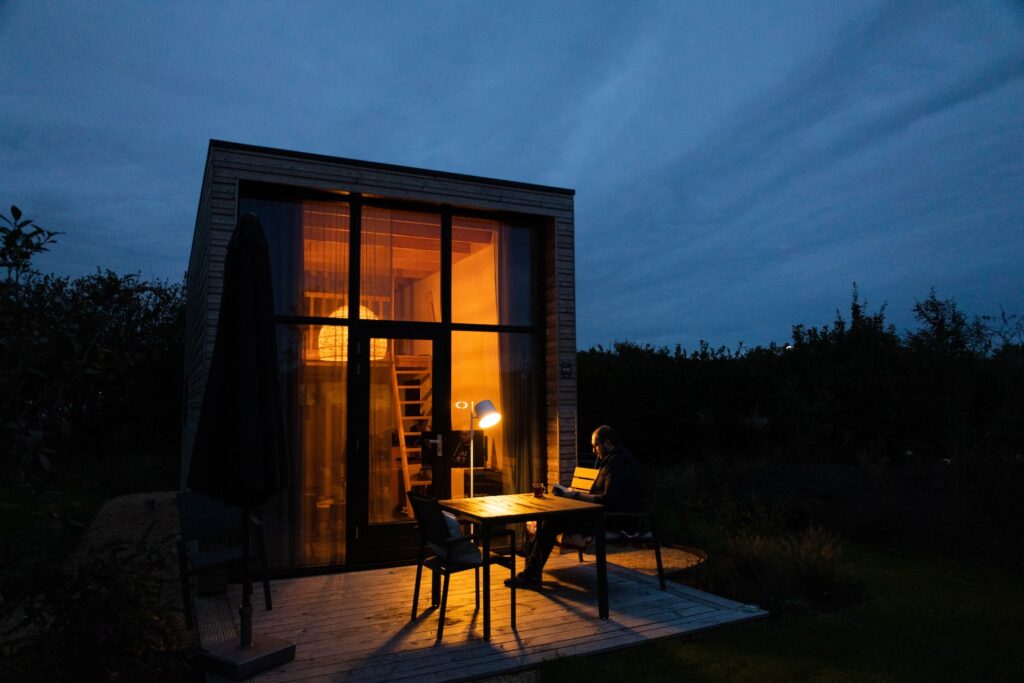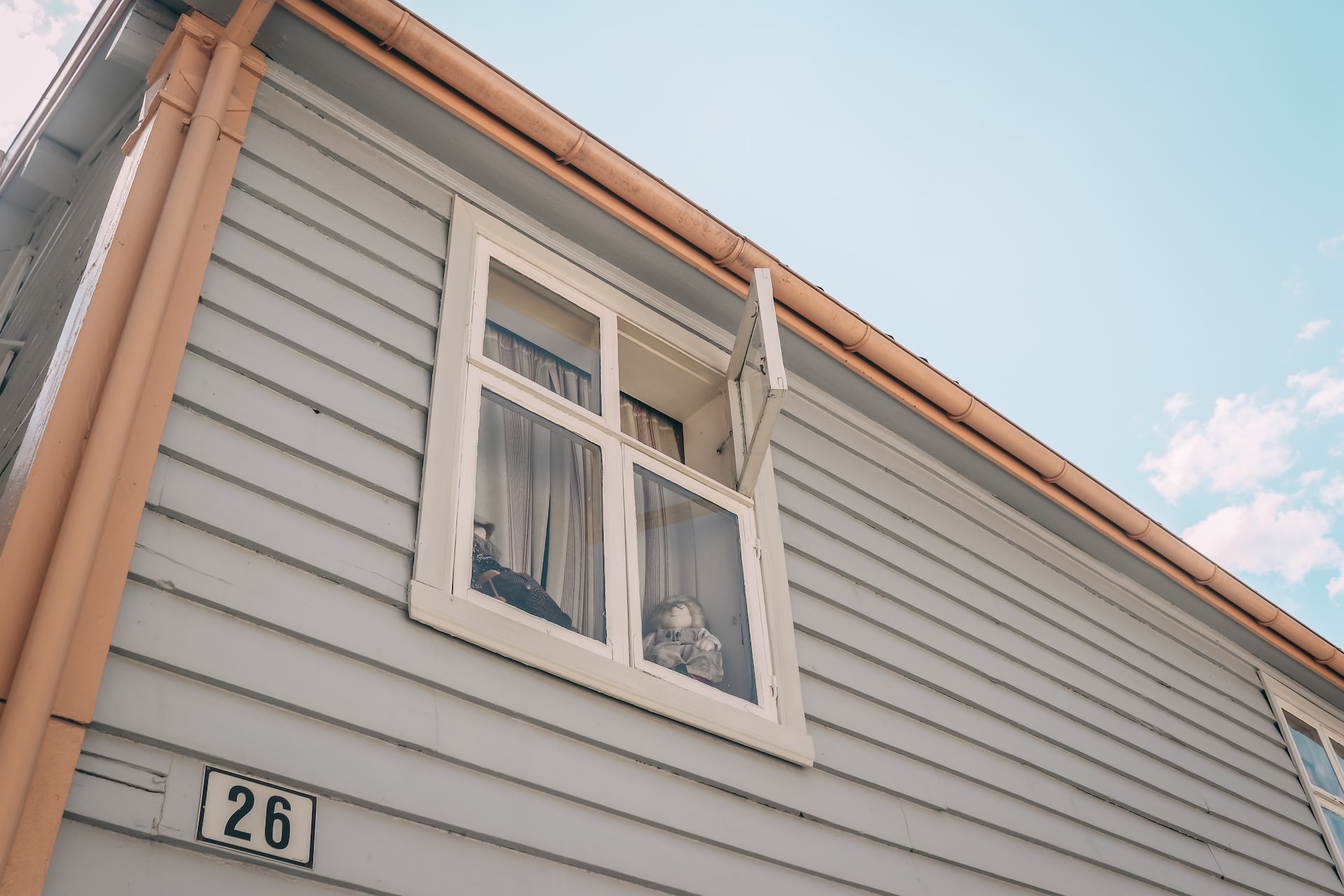
We are reader-supported. When you buy through links on our site, we may earn an affiliate commission.
When you build or renovate a home, consider the environmental impact of your choices. Climate change already affects our planet, and homeowners can reduce or exacerbate it. The exterior of your home makes more of an environmental effect than you may realize. The colors and materials you choose affecting carbon emissions and energy use. Here’s how the exterior of your home impacts the environment.
Siding
Siding is your home’s most prominent exterior feature. It’s part of your home’s first impression and can reflect style and owner personality. Some materials are much more sustainable than others.
Wood
Wood is a sustainable choice since it’s a long-lasting renewable resource. Some woods can last up to a century before you recycle it. Wood’s production doesn’t release much carbon, minimizing its climate impact. It does need a fair amount of maintenance to prevent pests from invading.
Metal
Most metal siding comes from recycled materials, which is a definite plus. Some metals are better than others.
Activists prefer over aluminum since it’s more recyclable. Overall, metal’s a good choice thanks to both durability and sustainability.
Cement
Cement production releases significant carbon emissions into the air. It’s used in many types of stucco tiles. A more sustainable option is lime plaster, which has the stucco look without cement.
Vinyl
Vinyl siding comes from polyvinyl chloride (PVC), which is terrible for the environment. That’s because PVC is synthetic and not biodegradable. PVC stays landfills and contribute to carbon emissions that cause climate change.
Composite
Composite is a win for both style and sustainability. It’s made from recycled materials bonded together. Many homeowners prefer composite since it’s less prone to pest damage and is long-lasting. Composite can look like almost any material, from brick to vinyl.
Color
The color you choose for siding also makes a difference in efficiency. Certain colors are better at thermal regulation.
Darker and duller colors attract more of the sun’s rays. Those rays are then dispersed into your home via conduction. Lighter, brighter colors absorb less rays, keeping your home cooler. If you live in a warm climate, you’ll likely want to go with a color that’s light and bright. Dark and duller colors serve colder climates well.
When you choose a color that matches your climate, your heating and cooling systems won’t have to work as hard. This saves you both energy and money.
Door and Windows
Similar to siding, consider sustainable doors and windows . Both need a strong seal to stop unwanted air from traveling inside. When cracks allow unnecessary airflow, they elevate your heating and cooling costs.
The thicker a door is, the more insulating it will be. Thicker doors are good for homes in unpredictable or harsh climates. For homeowners that use the outside air to aid in heating and cooling their home, a thinner door may suffice.
Multi-pane windows aid in temperature regulation. They also provide a solid source of natural light. Double or triple-paned windows work well to insulate your home.
Tinted windows let in light while eliminating the sun’s harshest rays. They’re a great way to keep your home cooler in a warm environment.
Making a Sustainable Home
When you’re building a home or updating your exterior, the choices you make are important. You have the ability to help make a powerful impact in the fight against climate change.
The materials and colors you use impact carbon emissions. They can either aid in or prevent further climate change.
By knowing your options, you can make the exterior of your home into something beautiful that fits your style and is sustainable.






